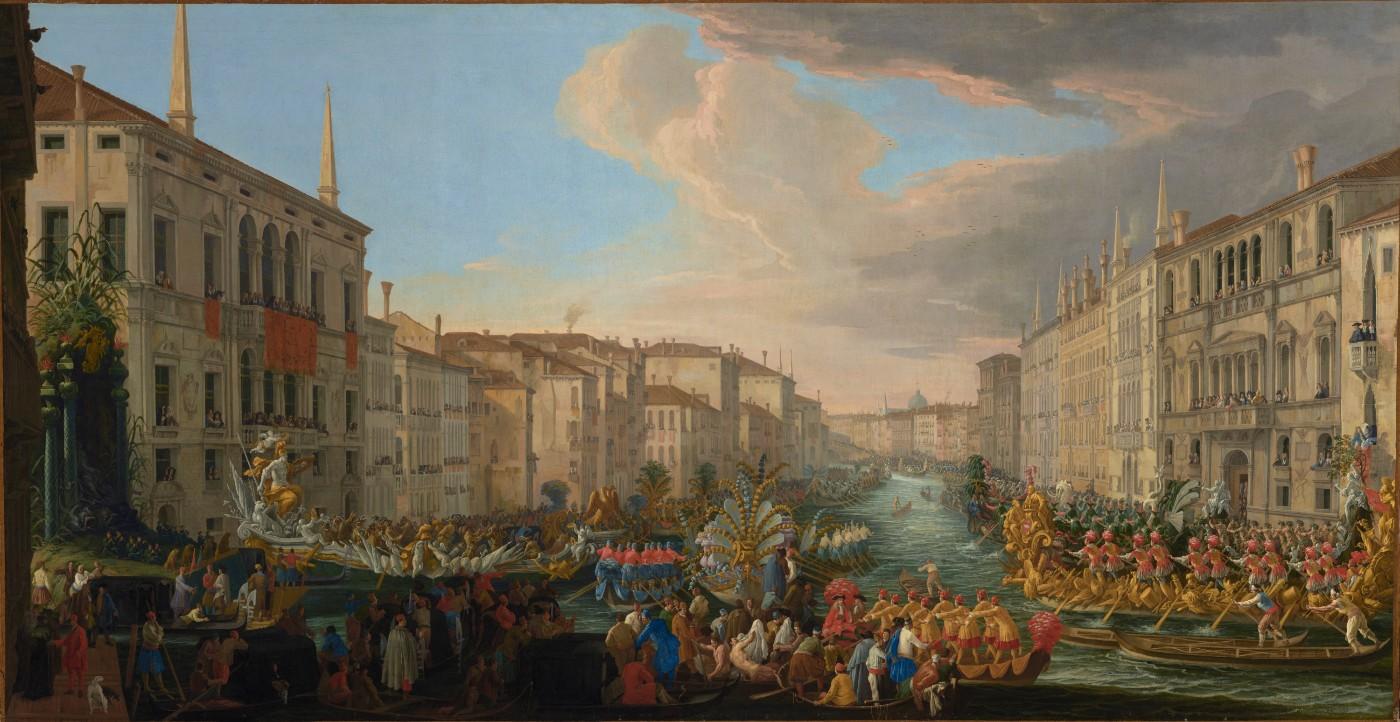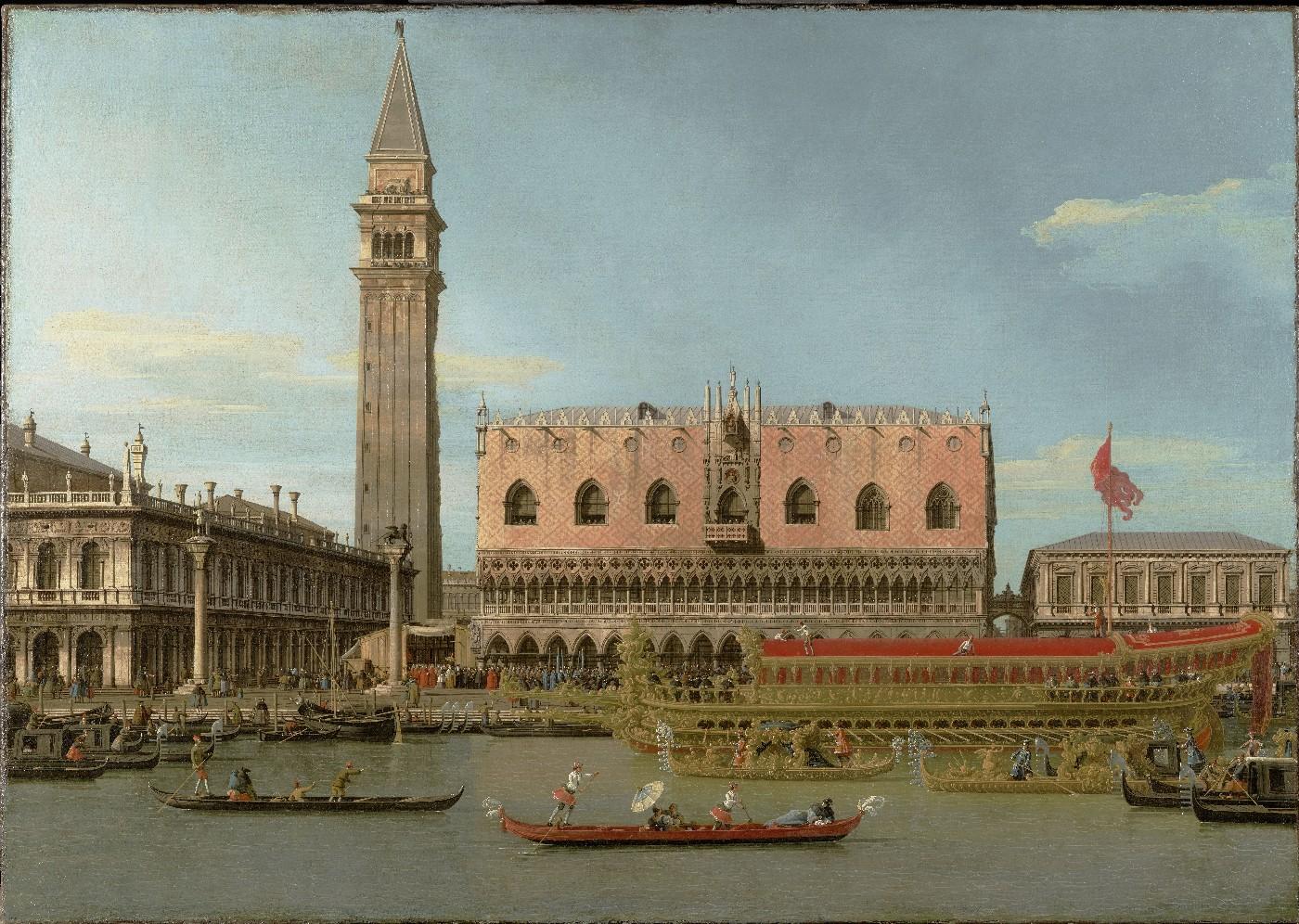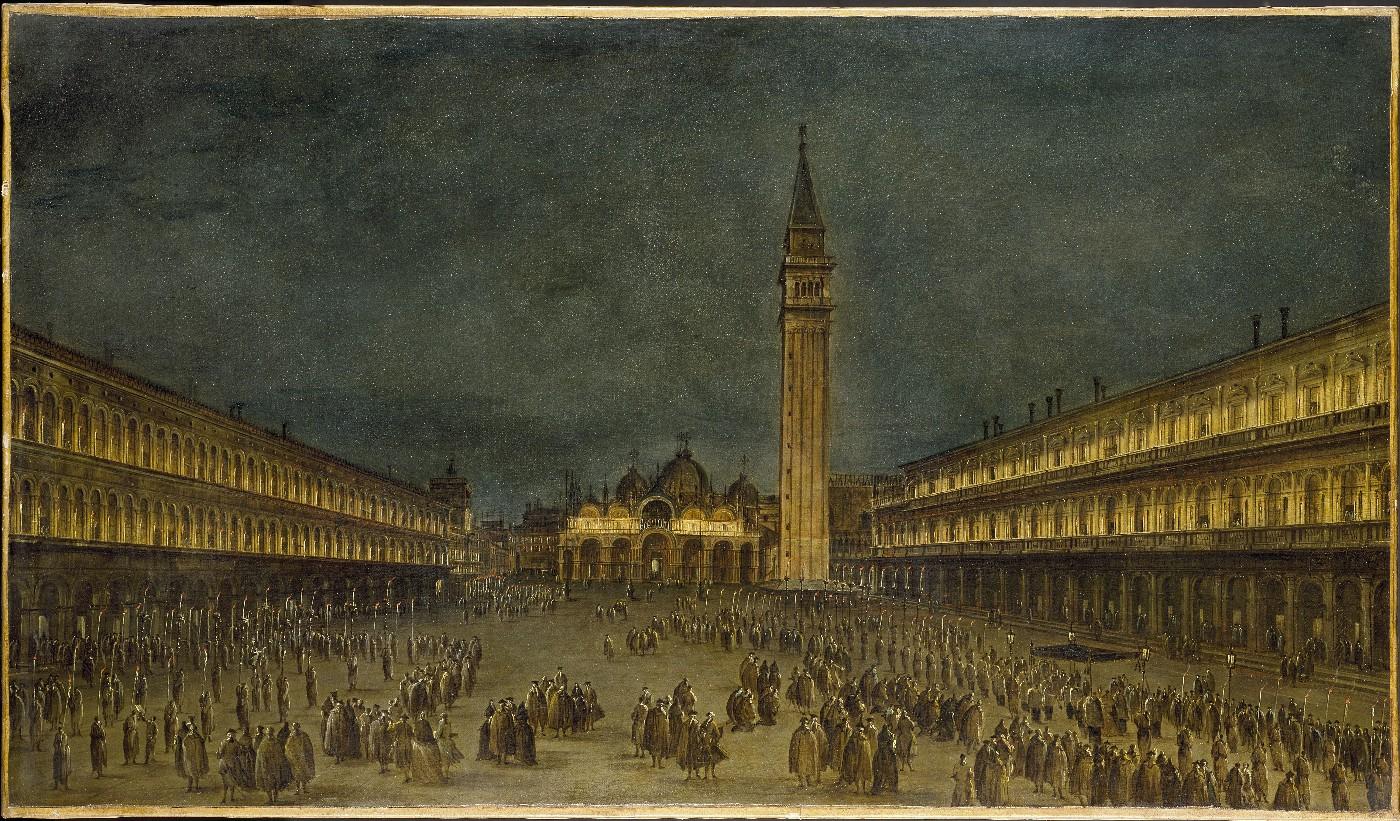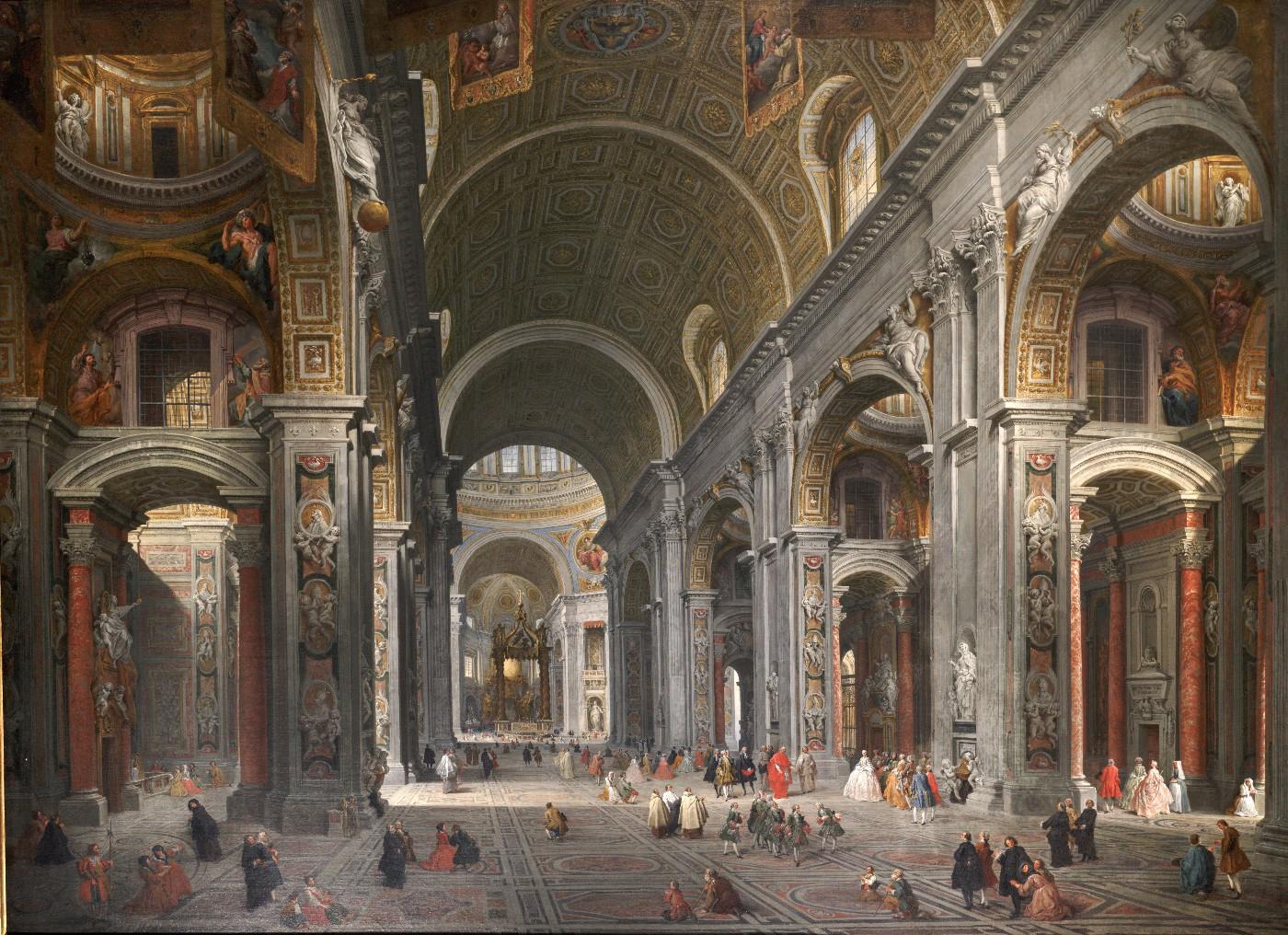The exhibition is grouped into four thematic sections. 'Memory and Manipulation' examines whether the paintings are faithful historic chronicles or aesthetically staged creations. 'Civic and Religious Ritual' presents important religious feast days and public rituals. 'Festival and Spectacle' showcases the pomp and circumstance of Venice and Rome, including ceremonial regatta and elaborate royal birth and marriage celebrations. 'Disaster and Destruction' chronicles natural disasters and instances of political turmoil.
“The level of detail in these paintings can be astounding. To please their patrons—who had often paid for both the celebration depicted as well as the painting of the event—artists like Panini and Canaletto precisely documented the most minute elements of personality, costume and décor. Other artists excelled at conveying all the energy and atmosphere of an important festival or ceremony. Sometimes artists were confronted with the challenge of painting an event that they did not personally attend. This exhibition helps viewers understand the various ways artists addressed such challenges,” said curator Marjorie E. Wieseman.






























